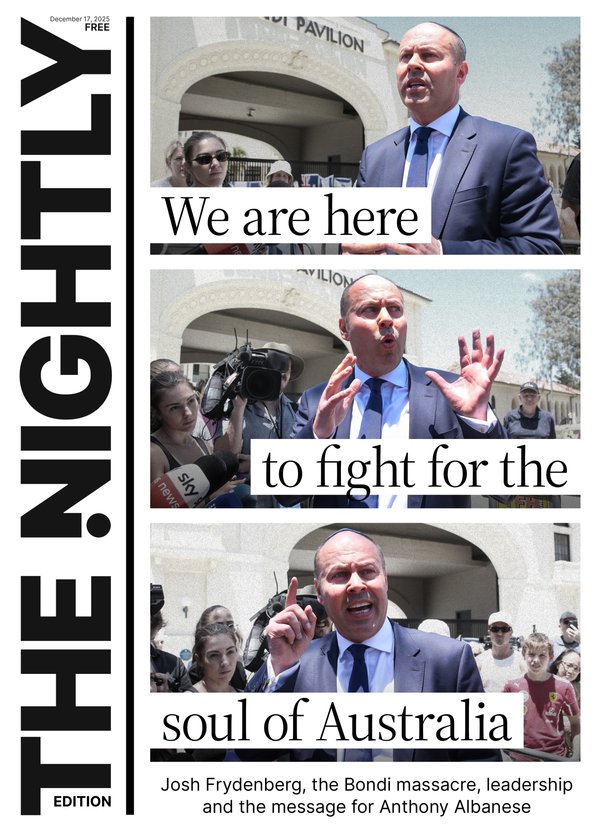Maxxxine movie the latest in a line of horror successes
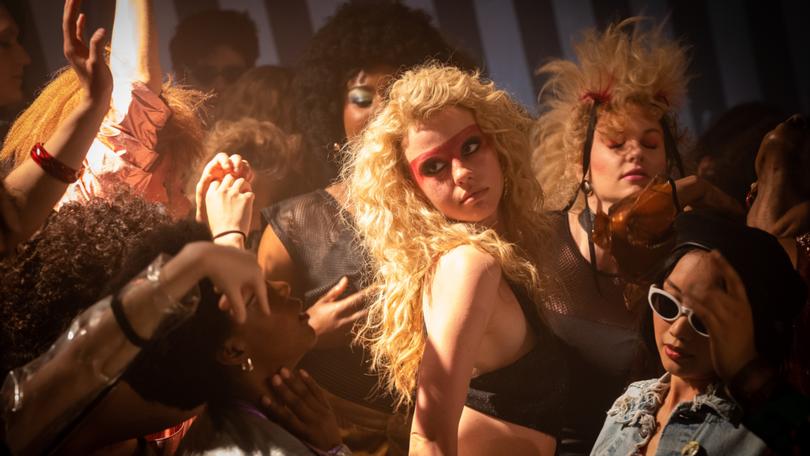
Horror movies rarely make it in the top 10 highest-grossing movies of the year but the gruesome genre has been having an amazing few years.
While audiences have eschewed a raft of movies, including blockbusters that were expected to do well (The Marvels, The Fall Guy, Furiosa), horror has been chugging along.
Horror fans still want to gather in a cinema and scream together in a way that audiences are no longer rushing to collectively laughing at comedies any more. Maybe it’s that it’s difficult to achieve proper darkness at home, or the surround sound necessary for that nerve-shredding score and effects.
Sign up to The Nightly's newsletters.
Get the first look at the digital newspaper, curated daily stories and breaking headlines delivered to your inbox.
By continuing you agree to our Terms and Privacy Policy.The numbers bear out. Night Swim, about a suburban family and a swimming pool haunted by a demonic entity has taken $US54 million this year. It had a budget of $US15 million, earning almost four times the production cost just at the cinemas.
Last year, Friday Night at Freddy’s took $US297 million from a $US20 million budget. The Nun II earned $US269 million from $US38 million. M3gan did $US181 million from a $US12 million.
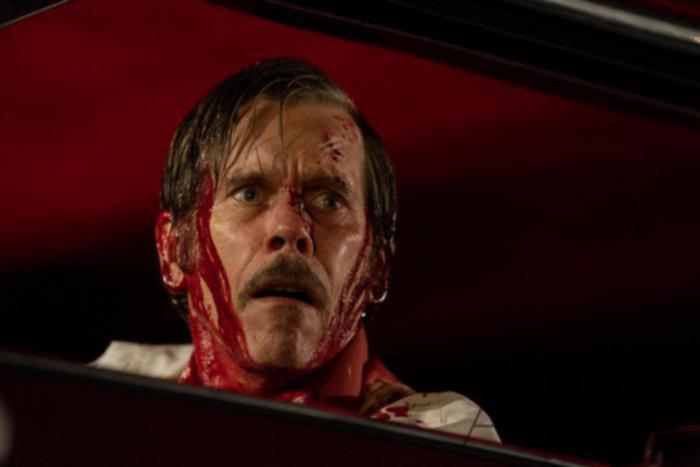
The Australian indie film Talk to Me made $US92 million worldwide, from a production budget of under $5 million. Late Night with the Devil, made in Melbourne on a low budget, took in $US12 million worldwide.
Spend small, earn big. They may not get into the billion-dollar club but they didn’t spend $US200 million to get there.
One of the big success stories of the past few years is the X slasher trilogy, directed by Ti West and starring Mia Goth.
The first film was made in New Zealand under lockdown conditions and cost a million to make and was paid back with a $US15 million box office. That’s a nice return on investment. It also made Goth a star and a career-defining role as Maxine, an adult film star who barely survives a 1979 Texas farmhouse massacre. No chainsaws but a lot of blood.
Goth returned for the second movie, Pearl, a prequel origin story of X’s villain, the murderous woman who wanted to be famous.
And fame is at the heart of Maxxxine, all of its corrupting influences, the desperation for even a smidge of it, and what people are willing to do for it. Where else do you set that but Los Angeles, the capital of broken American dreams.
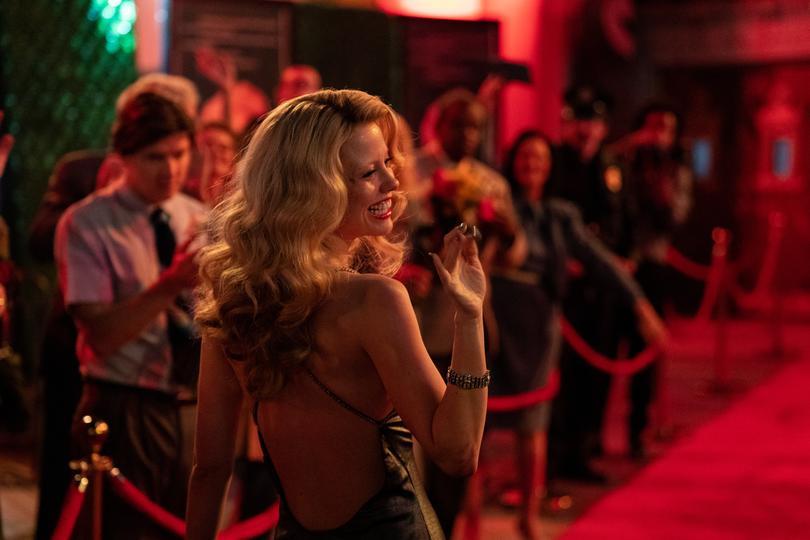
It’s not as biting as Nathanael West’s The Day of the Locust or even Damien Chazelle’s underrated Babylon, but there are a lot more body parts and screams.
The story picks up six years after X and finds Maxine in LA in 1985. The city is gripped in panic over the Night Stalker serial killer, and people are on edge. But not so scared as to go off to parties with mysterious out-of-town producers — they might have a role!
Maxine wants to be famous and not just pornography famous. She goes to an open audition for a horror movie, The Puritan II, and she shows that she doesn’t just have ambition, she’s also got mad skills. Elizabeth (Elizabeth Debicki), the hard-nosed director, is impressed.
But the good news doesn’t last long when people around her start dying and their bodies show up with satanic symbols carved into their flesh. This was also the era of Satanic Panic when even Dungeons and Dragons was being targeted for being demonic.
She’s the common thread, which is made very clear to her by a sleazy and unhinged private eye (Kevin Bacon, acting A LOT).

Maxxine is stylish and thrilling, and both very gory and not as gory as you might expect. Aesthetically and tonally evoking Brian de Palma’s psychosexual thrillers, it recalls a Bret Easton Ellis novel, except less nasty and it doesn’t hate women.
As with most how-the-sausage-is-made Hollywood movies about Hollywood, Maxxxine’s treatise on fame is fairly straightforward – people will do anything for fame or infamy, and sometimes the difference between the two is indiscernible.
What might be a more interesting thread is how the X movies see the genre in which in plays. Debicki’s director character has a whole spiel about the creative value of the form. To her, a horror movie is just a movie. It’s just pulling different levers to be meaningful.
There’s a term that’s been floating around for a while, “elevated horror”, which is applied to films that are considered to be higher culture than schlocky horror. Think Jordan Peele’s Get Out, Ari Aster’s Hereditary or Jennifer Kent’s The Babadook.
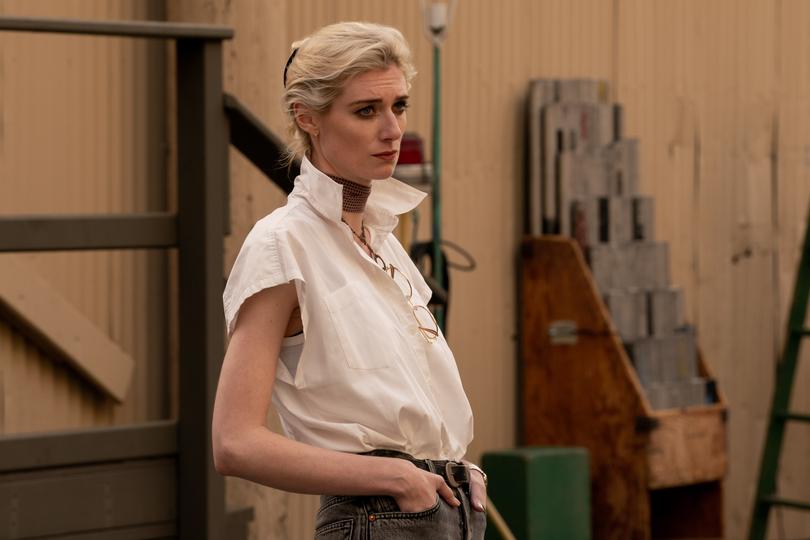
Horror filmmakers don’t love the term, including Maxxxine’s West, who told The Guardian he found it “silly”. He said, “I think it served its purpose for a time, but when you hear it now I feel like it’s become a collective eye roll for everybody.”
West pointed out that it’s not as though so-called non-elevated horror was “completely vapid”.
And that’s exactly it. Yes, Maxxxine is about fame and Get Out is about racism and The Babadook is about loss. But even your average schlocky horror has something to say. Or, at the very least, it’s pulling on something in all of us, challenging us to confront our deepest and most primal fears.
Perhaps that’s why the genre is going gangbusters.
Maxxxine is in cinemas now.

